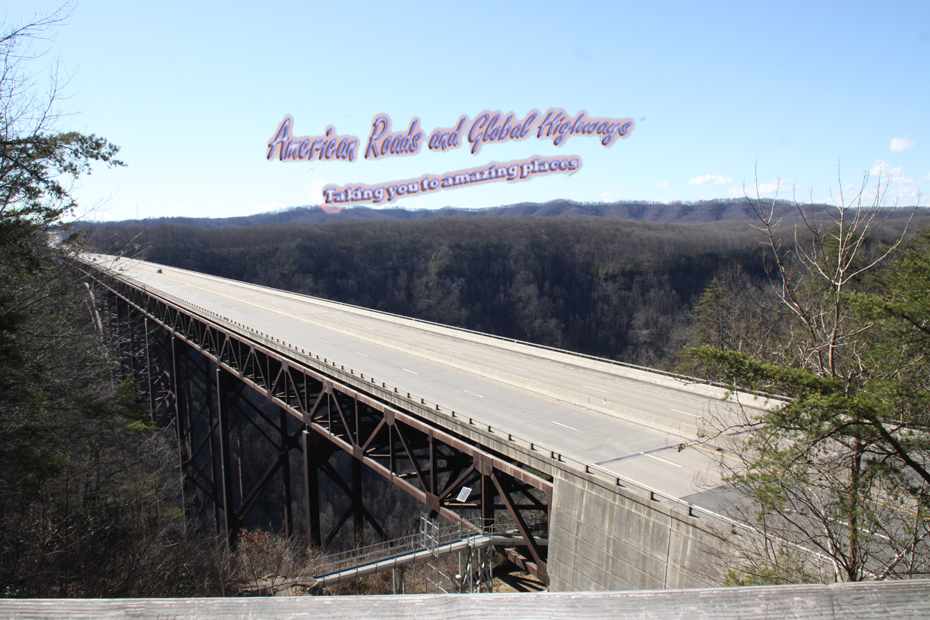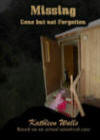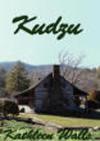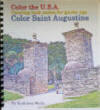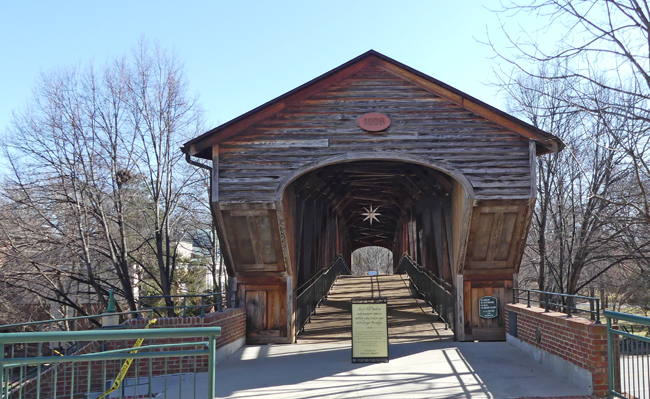
Winston-Salem, Where Two Cultures
Collide
Can you imagine a culture of socialistic
church members in a society where the church controlled all
aspects of life and owned all property in the settlement and
smoking, drinking and partying was forbidden ever finding
common ground with capitalistic tobacco manufactures?
Bethabara


It happened in Winston Salem. I felt I had
traveled back in time to 1752 when 15 Moravians traveled south
on the Great Wagon Road from Pennsylvania to North Carolina and
founded a small village, naming it Bethabara, the first
European settlement in the Triad Area of North Carolina. It was
never meant to be a permanent colony. Today, thanks to well
kept written documents, the old settlement has been recreated
with a palisade, their church called a gemeinhaus, herb
gardens, community garden, baking oven, and many of the log
homes.
Historic Bethania


A group of Moravians moved from there to
Bethania and began a small village. Historic Bethania tells the
story of this unique community starting at Historic Bethania
Visitor Center and the Alpha Chapel next door, but because of Covid
they were closed when I visited.
Old Salem


In 1766, North Carolina's best-known
Moravian community of Salem was founded. Today it is preserved
as Old Salem Museums & Gardens. We began our tour with
the Museum of Early Southern Decorative Arts (MESDA). The Old
Salem Research and Archaeological Lab is housed here. The art
and artifacts I saw in this museum are fantastic. My favorite
is a huge white and gold organ.

Walking down the streets of Old Salem, we
visited the Boys School and learned about the life of a young
Salem boy. A clever set of videos, one showing the boy with his
sister talking about life in the village and a second one
showing the same two siblings as young adults, add to viewing
the schoolhouse. We watched potters creating the same items the
early Moravians made. We visited a typical home of the period
and saw how quilters, shoemakers, blacksmith and other crafts
people worked at making all the things a new village needed to
stay alive in the days before malls and chain groceries.
Hidden Town

For many years, no one wanted to talk
about the enslaved people of Winston Salem but today those
hidden legacies are being revealed at Hidden Town. I visited
Hidden Town that now helps tell those personal stories of 18th
and 19th-century Salem's African American community.
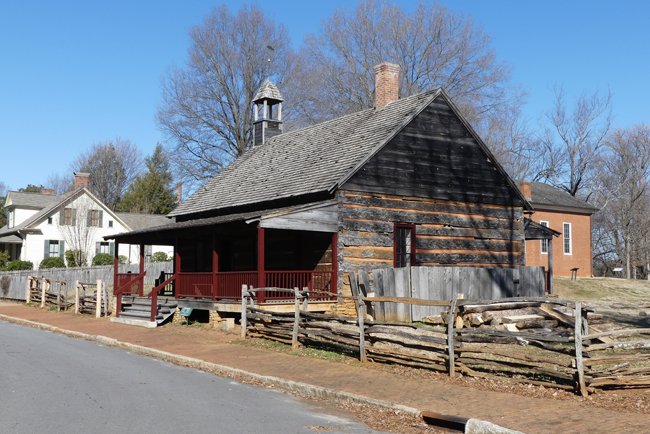
St. Philips Church in Hidden Town is the
oldest standing African American church in North Carolina. The
graves in front of the church tell a sad story. Moravians
adopted slavery but accepted it later and banned it earlier.
The last burial in the church graveyard was an enslaved woman
named Rebecca Hill who died in 1815. Many of the grave markers
merely say "child."

A reconstruction of the African American
Log Church from 1823 serves as the heritage center for Hidden
Town. On a lighter note, I visited a 1930 era Shell gas
station. It had gravity pumps and was shaped like a shell. I wish
I could buy gas at those prices now!
Brookstown Inn


Interestingly enough, it was a partnership
between a Moravian mill owner, Francis Henry Fries, and R. J.
Reynolds of Reynolds Tobacco that began the merging of the two
towns. Reynolds brought Fries in to help
create a railroad between Winston and Roanoke in 1887.

Today, a unique hotel, the Brookstown Inn,
was re-created from the Arista Cotton Mill built by Francis
Henry Fries' father, Francis Fries, in 1836. The hotel keeps
much of the original mill structure while providing modern
amenities. The artifacts displayed make it feel like a museum.
Its display in the lobby tells the story of the mill and the
merging of Salem with Winston. Be sure to meet Sally, the hotel
cat, who has her own unique story. She wandered into the hotel
and when the owners took her to their vet, her microchip said
she belonged to people in Washington state. They didn't want to
come get her, so she became the hotel mascot.
Reynolda Gardens
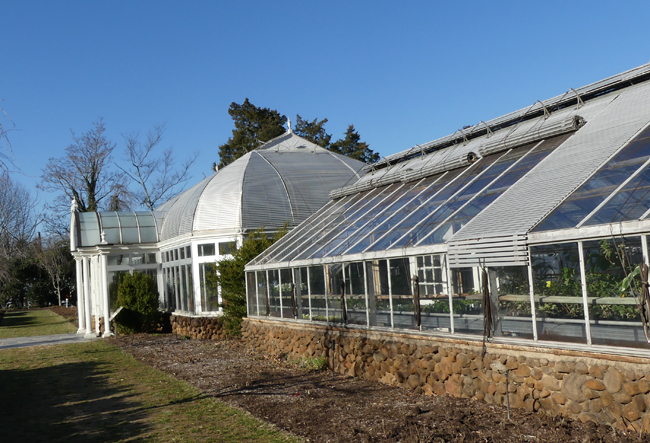

This beautiful botanical garden is tobacco
tycoon, R. J. Reynolds, wife, Katharine's, contribution to
healthy living. It was winter when I visited so many of the
outside plants were not at their best, but those in the
greenhouse were thriving.
Reynolda
House Museum of American Art


Visiting R. J. Reynolds and Katharine's
home was a glimpse into living with all the beauty money could
buy. The art was breathtaking. Paintings and sculpture by
renowned artists like Georgia O'Keefe, John Singer Sargent,
Gilbert Stuart, John James Audubon, and Frederick Remington
compete with furniture created by the finest artisans of the
era for the most beautiful items.
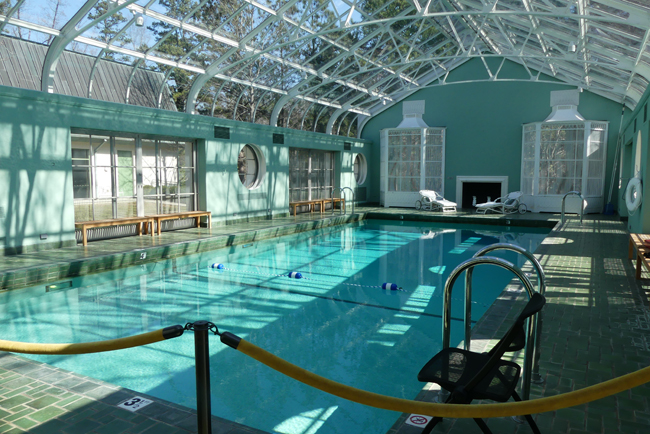
They didn't neglect their kids. In the
attic, there is a shooting gallery, a bowling alley, a skating
rink, a full-sized pool, and more. There's an Art Déco bar
where the kids can grab a soft drink and adults something
stronger.
Reynolda Village


Reynolda Village is a mixed entertainment,
shopping and dining area near the mansion.
Dining


There are many vineyards, wineries, and
breweries in the area, and some unique taverns and dining.
Lavender and Honey Kitchen is a perfect breakfast stop. It's a
mother/daughter owned restaurant specializing in baked items. I
was told the cinnamon rolls are spectacular, but the sight of
the chocolate cake just grabbed me.

Muddy Creek Café is in Old Salem and gives
a feel for being in an earlier time. You can dine inside or out
here.
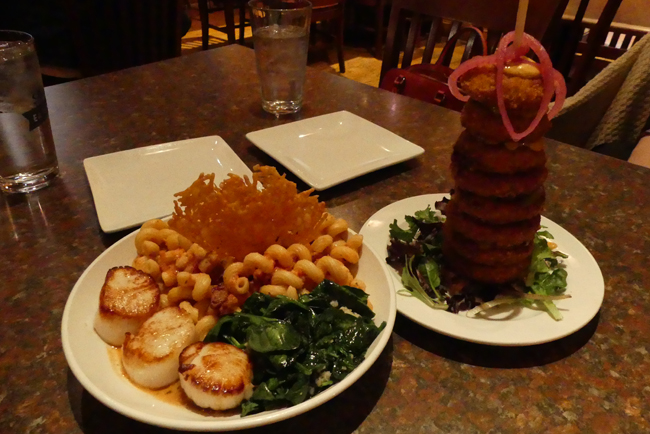
Willows Bistro has some unique touches to
its menu with the chef's pickled items. Chef Niki Farington
combines her pickle making business with the food she creates
at Willows.
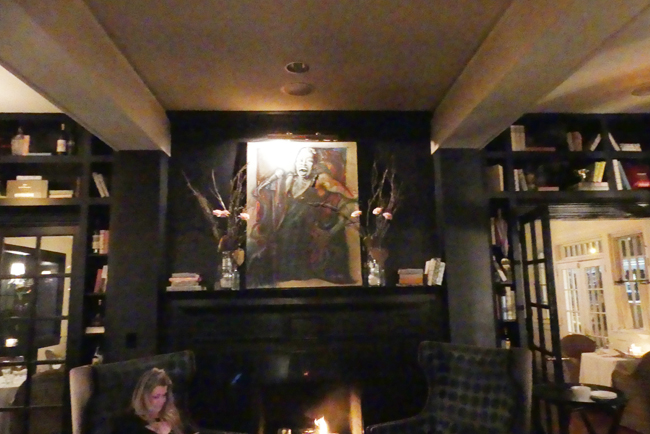
The Spring House was once home to a
tobacco millionaire. Now it is themed to feel like a speakeasy.
Loved the picture of Ma Rainey over the fireplace.

Village Tavern was voted best restaurant
in Winston Salem. It is in Reynolda Village and has inside and
patio dining.

Crooked Tail Cat Café is home to a bevy of
kitties looking for a home. You can enjoy some baked goods and
a drink while admiring the friendly felines.
















